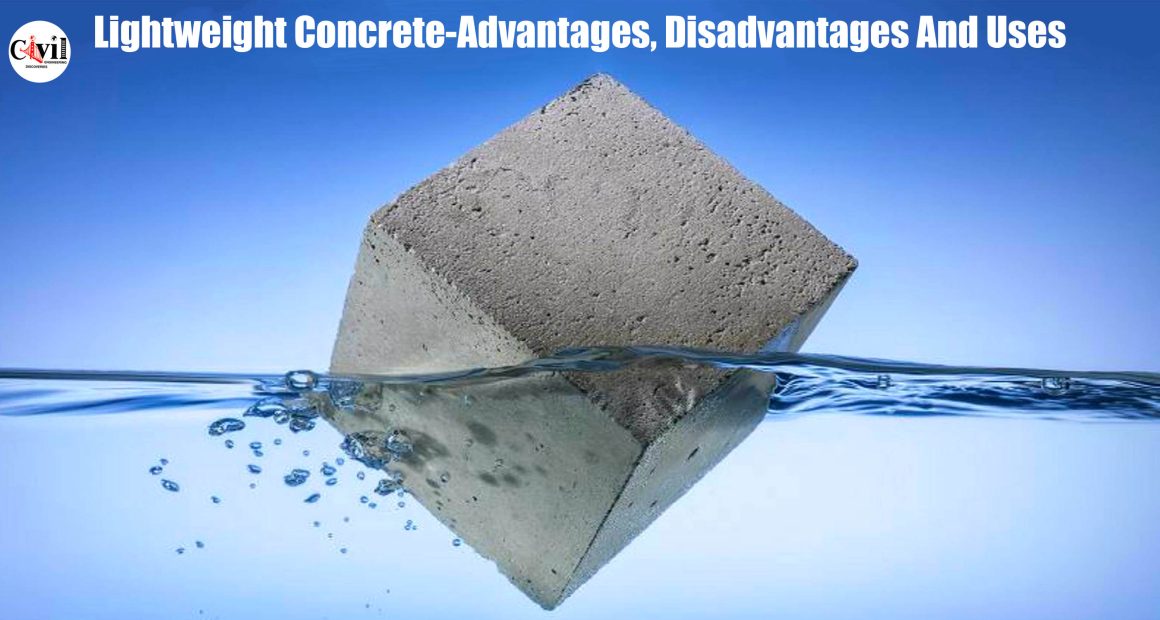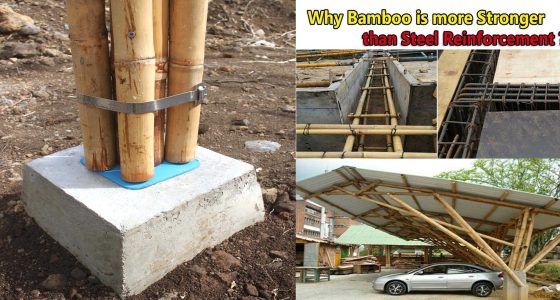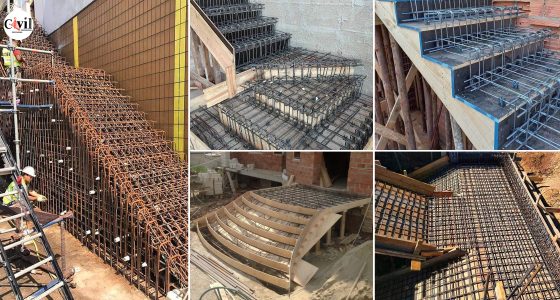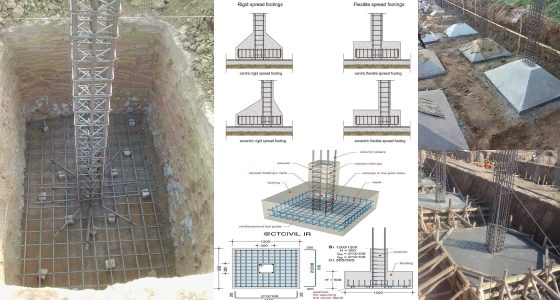What is Lightweight Concrete?
Lightweight concrete is exactly what it sounds like—concrete that’s significantly lighter than your typical mix. It’s made by replacing the standard heavy aggregates (like gravel) with lighter alternatives like expanded clay, pumice, or even air-entrained voids. The result? A concrete mix that retains decent strength but slashes weight dramatically.
Why is it Called “Lightweight”?
It earns its name from its lower density—ranging from 300 to 2,000 kg/m³, compared to the 2,400 kg/m³ or more for normal concrete. That’s up to 40% lighter! That reduced weight has massive implications for design and construction.
Brief History and Development
The Romans were early adopters, using volcanic ash to create lightweight concrete for their architectural wonders. In the 20th century, advancements in materials led to a broader range of modern lightweight concrete types with improved performance.
Types of Lightweight Concrete
Lightweight Aggregate Concrete
This type uses lightweight aggregates like expanded shale, clay, or slate. It’s the most common variant and offers good structural strength with less weight.
Aerated or Cellular Concrete
Made by introducing gas bubbles into the mix, this concrete is super light and great for insulation. You’ll find it in blocks and wall panels.
No-Fines Concrete
As the name suggests, it’s made without fine aggregates. Just coarse ones and cement paste. It’s highly permeable and often used in drainage applications.
Foam Concrete
Light as a feather! This mix incorporates foam to trap air and significantly reduce weight. Think low-load structural components and void filling.
Components and Materials Used
Cement
Standard Portland cement usually does the trick, but blends can be used based on performance needs.
Lightweight Aggregates
These include:
Pumice – naturally lightweight and porous.
Expanded clay – man-made and highly effective.
Perlite and Vermiculite – used for ultra-light applications.
Admixtures and Additives
Plasticizers, air-entraining agents, and stabilizers help control the mix’s behavior and strength.
Water-to-Cement Ratio
A lower ratio usually ensures strength but must be balanced to avoid workability issues.
Properties of Lightweight Concrete
Density and Weight
Its density can be as low as 300 kg/m³. That’s like trading in your SUV for a bicycle—huge difference!
Strength and Durability
While not as strong as traditional concrete, structural-grade lightweight concrete can still exceed 17 MPa (2500 psi), suitable for many applications.
Thermal Conductivity
Excellent insulation properties make it perfect for energy-efficient buildings.
Fire Resistance
It holds its own in a fire—resisting high temperatures without losing form.
Advantages of Lightweight Concrete
Reduced Dead Load
Lower weight means less stress on the structure, foundations, and soil. That translates into leaner designs and lower costs.
Improved Insulation
It naturally resists heat transfer—perfect for hot or cold climates.
Easier Handling and Transportation
Lighter means less fuel, smaller cranes, and faster assembly.
Cost Savings in Structural Design
Engineers love it because they can use less reinforcement, smaller columns, and reduce overall structural bulk.
Disadvantages of Lightweight Concrete
Lower Compressive Strength
It’s not ideal for high-load-bearing components. You trade weight for strength, to a degree.
Higher Cost of Certain Aggregates
Materials like perlite or expanded clay aren’t cheap, especially in bulk.
Limited Availability in Some Regions
Some materials just aren’t locally available, which can spike project costs.
Shrinkage and Cracking Issues
Drying shrinkage is a real challenge, especially in high-air content mixes.
Common Uses of Lightweight Concrete
Roofing and Flooring Systems
Lightweight slabs reduce the overall dead load, easing the burden on lower structures.
Precast Concrete Blocks and Panels
Think modular walls, insulation blocks, and prefabricated units.
Bridge Decks and Parking Structures
Reduces the structural weight and allows for longer spans and thinner decks.
Marine Structures
Thanks to its buoyancy and durability, it’s a go-to for floating docks and seawalls.
Lightweight Concrete vs. Normal Concrete
Key Differences in Properties
Density: Lightweight wins.
Strength: Normal concrete takes the crown.
Thermal Performance: Lightweight’s the winner again.
Application Suitability
Lightweight concrete shines in non-load-bearing or moderate-load projects.
Cost Comparison
Initial cost might be higher, but savings on structure and transport can offset it.
Production Process of Lightweight Concrete
Mixing Techniques
Gentle mixing is crucial to avoid crushing the lightweight aggregates or foam bubbles.
Curing Methods
Slow and steady. Moist curing is preferred to avoid rapid drying and cracking.
Quality Control Measures
Ensuring uniform density and mix consistency is key to success.
Environmental Impact
Reduced Carbon Footprint
Less cement, lighter loads, and better insulation reduce CO₂ emissions across the lifecycle.
Use of Recycled Materials
Fly ash, recycled plastic, or industrial by-products often make their way into these mixes.
Sustainable Construction Benefits
It checks many eco-boxes: energy savings, lower emissions, and material efficiency.
Challenges in Working with Lightweight Concrete
Structural Limitations
Don’t use it where heavy loads or high-impact stress are expected.
Workability Concerns
The mix can be tricky—it’s sticky, frothy, and sensitive to water content.
Transportation Considerations
Extra care is needed to prevent segregation and damage during transport.
Innovations in Lightweight Concrete Technology
3D Printing with Lightweight Concrete
This is where future meets form. Lightweight mixes are perfect for printing walls and panels with minimal support.
Use of Nano-Additives
Nano-silica and other cutting-edge materials boost strength and performance.
Self-Healing Lightweight Concrete
Tiny capsules of healing agents can repair cracks when they form. Like magic.
Case Studies and Real-World Applications
High-Rise Buildings
Lighter floors mean taller buildings with slimmer support structures.
Modular Housing Projects
Precast lightweight panels speed up construction and reduce labor.
Infrastructure and Road Projects
Bridge decks, overpasses, and elevated roads all benefit from lower weight.
Maintenance and Lifespan
Repair and Retrofitting
Cracks may form more easily, but they’re often easier to patch due to the material’s workability.
Maintenance Costs
Generally low, especially in interior or semi-structural applications.
Long-Term Performance
When properly made and maintained, it holds up for decades.






